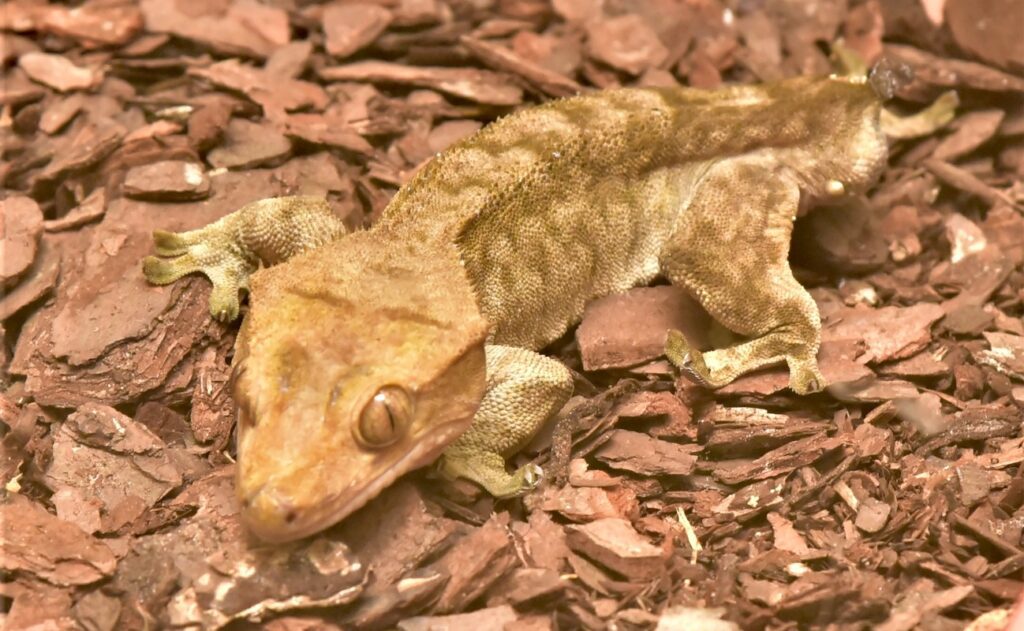March 31, 2020
As a part of Zoo Projects at home, we’re bringing our Animal Programs to you. In our first virtual program, ‘Animal Movements’, we introduced you to four very different species and learned about the ways they move. As an extension of the program, we’re sharing conservation information about each species and actions you can take to help protect their counterparts in nature. Did you miss the videos? Watch them below!
PART I:
New Caledonian crested gecko (Hopscotch)
The IUCN Red List of Threatened Species has categorized the crested gecko as Vulnerable, and their population is continuing to decrease. The crested gecko was actually thought to be extinct, until some were accidentally found in 1994 in New Caledonia. The invasive fire ant had previously been brought to the island and had caused the rapid decline of the gecko population. Since finding the geckos again in 1994, the population began to rebound, but the pet trade and habitat loss are now causing another decline.
Ways you can help crested geckos:
- Become a responsible pet owner. Make sure you know the source of where your gecko came from and that the source is a responsible breeder. Never have a pet that came from their natural range since that encourages people to take animals from their habitat, which harms populations. Also make sure that geckos are a good fit for your lifestyle before getting one. Do your research to learn about all of their needs and upkeep.
- Help reduce habitat loss by recycling paper and cardboard, and by purchasing pre-owned items when possible to lower factory demand.
- Be aware of how you may spread invasive species (like the fire ant that caused the believed extinction of the crested gecko). Make sure to brush off your hiking boots and clean off boats before going to new areas.
Mallard Duck (Ernie)
While Ernie is a domestic mallard duck, meaning he lives with or around people, there are many species of wild ducks throughout the Northern Hemisphere. Ducks face threats such as urbanization and habitat loss, as well as pollution. Ducks need to migrate to warmer temperatures, which means they need access to natural areas with fresh water such as ponds, lakes, and rivers. Ducks are greatly affected by pollution, as their main sources of food are found in and along waterways. If a water source is polluted, then the fresh water plants, bugs, and fish that the ducks feed on may no longer be available, or may make them sick from the chemicals. Ducks may also eat litter, thinking that it may be food, and may also get caught in things such as fishing line and soda six-pack rings.
Ways you can help ducks:
- Make sure to look up your county’s recycling protocols and be aware of which products are recyclable. Set up a recycling station in your house and encourage your friends and family to recycle.
- Be aware of what goes down the storm drain. To keep pollution to a minimum, make sure only rain goes down the storm drain. Wash your car at car washes, rather than in your driveway. Car washes have a process to properly filter their waste water. Soapy water from your driveway will go into your yard, local waterways, and the closest storm drain, and can negatively affect the ecosystem.
- Cut your soda six-pack rings and make sure they go into a waste receptacle.
Part II:
Marine Toad (Cane Toad) (Bubba)
Marine toads are an invasive species, meaning they are not native to many of the areas that they are found, and cause harm to those ecosystems. The marine toad’s native range is Texas down through Mexico to South America. In these areas, the toads have a niche in the ecosystem. However, areas like Hawaii and Australia, where the marine toad have been introduced, are suffering huge disruptions in their ecosystems. Marine toads are opportunistic, meaning they will eat almost anything that they think smells good. This means they can cause a lot of damage to prey species population numbers.
Also, marine toads are poisonous for their entire lifecycle, even when they are eggs. Predators that live in these new ranges are not used to this, and often become sick or can die when they eat a marine toad, causing damage to predator population numbers. When predators learn to avoid marine toads, the toad population increases to numbers that can’t be controlled, especially since marine toads can lay up to 40,000 eggs every time that they reproduce.
You can help prevent the disruption of ecosystems by invasive species:
- Learn about which invasive species are moving towards your area, or are now found in your area. Help identify and report these on imapinvasives.org. Your reports can help environmental and governmental organizations control these species and therefore decrease environmental damage.
- Be aware of how you may spread invasive species. Make sure to brush off your hiking boots to stop seeds and insects from spreading to new areas. Clean off boats to prevent seeds and aquatic animals from spreading to new areas.
Burmese Python (Garrett)
Although Burmese pythons are an invasive species in the southern United States (mainly due to the pet trade), their species numbers are declining in their native range of southeast Asia. Burmese pythons, as well as many more snake species, face the threat of poaching (illegal hunting). Snake skins are used to create products such as purses, boots, belts, and hats. Snakes also face fear killings. Unfortunately, throughout history, humans have viewed snakes as scary, and sometimes even as evil. Snakes are actually a very important part of the ecosystem, and don’t actively seek to harm others. Without snakes, the rodent and insect populations would increase to a point that may make the ecosystem unstable. Seeing a snake in your yard means that there are less chances of insects and rodents invading your home.
Ways you can help Burmese pythons and snakes:
- Don’t buy products that support poaching. Find alternatives to snake skin products. If you aren’t sure if something is snake skin, ask the seller.
- If you see a snake in nature, leave it alone. The snake will not harm you unless it becomes threatened by you. Leaving the snake alone will allow it to do its job in the ecosystem.
Follow Seneca Park Zoo on Facebook for the latest Zoo Project and animal news.
– Rhonda McDonald, Program Manager & Annie Wheeler, Lead Naturalist for Programs








